For retailers, loss prevention and asset protection are key components of any overall risk management program.
Criminal activity is just one cause for loss, but in light of increasing violence associated with organized retail crime, addressing theft is a top priority for retailers. D&D Daily notes that in 2022, there were 694 violent fatalities in American retail stores, an increase of 17% above 2021.
While the structure and format of retail operations varies, asset protection and risk management teams can take a handful of essential steps to move the needle toward reductions in loss.
In this blog we’ll look at this series of steps and tools and strategies that can be applied to systematically address the challenge of retail theft.
For a quick overview of what the post covers, here’s a short video.
1. Map the patterns of losses and danger zones
Retail environments are not all alike and the items most frequently stolen differ widely. Before you can address theft, you need a baseline on the problem.
You know your store, but it’s time to take a closer look. Identify the “what and where”–
- What items are most often stolen
- What areas of your premises are most vulnerable or attract the most crime
Hot items probably aren’t all high-dollar; the key differentiator that makes an item hot is how quickly the item can be resold.
Keep track of what’s hot
Your particular list of items is likely to keep changing so tracking the patterns needs to be ongoing.
Hot products in a grocery setting include meat, seafood and medications while other types of retailers may find that general merchandise, baby products and personal care items are more apt to disappear.
As a starting point, Insider created this list of most frequently stolen items based on the 2022 Retail Security Survey from the National Retail Federation:
Apparel | Denim, designer apparel, activewear, intimates |
Electronics | Appliances, charging cords, smartphones, headphones, vacuums |
Health & Beauty | Allergy and pain medication, fragrances, blades and razors, cosmetics, body wash |
Accessories | Designer handbags and sunglasses, fashion and fine jewelry, belts, watches, branded eyewear |
Food & Beverage | Meat, seafood, candy, alcohol, energy drinks |
Home Improvement | Power tools and equipment, outdoor and seasonal tools, wire |
Home Furnishings | Bedding, home goods, housewares, high-end mirrors |
Footwear | Men’s and women’s designer and athletic shoes, sneakers and footwear |
Office Supplies | Printers, ink cartridges, toner |
Children’s Items | Formula, toys, infant and toddler items |
Other | Detergent, tobacco, pet medication,travel items, physical and electronic gift cards |
Source: Insider.
Identify areas that could invite crime
Monitor the store perimeter as well as areas inside the building that could attract theft. The parking lot and outer perimeter of the property need to be assessed as well as the path people take to the checkout.
Are specific doors more likely to be targeted? Does outdoor lighting leave significant entry points in darkness?
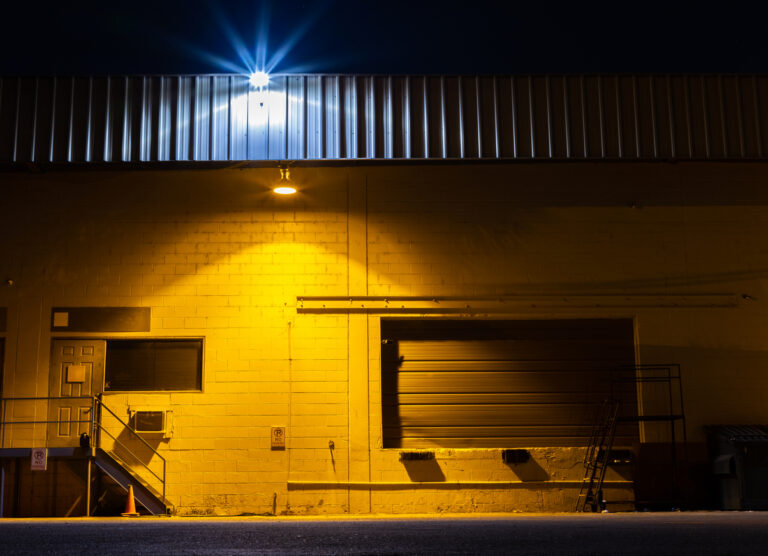
Mapping the most vulnerable areas of the store gives you a baseline for the measures you choose to take. Specific areas will determine the specific measures, whether that means changing staffing in areas, employing technological solutions, or identifying what would best be displayed in a locked case.
2. Translate awareness into action plans and systems
Craft plans to protect people and your business based on your assessment of vulnerabilities. Change is constant, so update your plans regularly as new trends are noted.
Train employees in de-escalation techniques
Resist the temptation to add “security” to the sales associate job description. Their role should be to help people feel and stay safe–both customers and workers–not to sacrifice themselves in preventing goods from wrongfully leaving the store.
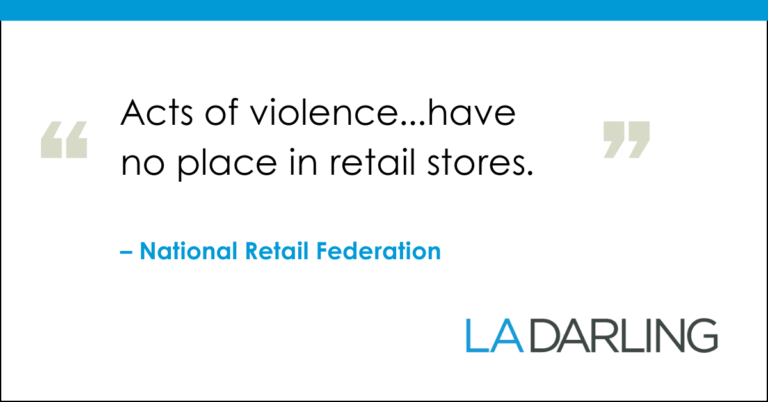
Protecting people is the most critical aspect of risk management in retail and that includes protecting workers when dealing with organized retail crime. The National Retail Federation’s public statement drives home this point: “Acts of violence – real or threatened – by those who seek to bring attention to themselves and their cause have no place in retail stores.”
Workers often are already feeling vulnerable in the workplace, with good reason, considering that the Bureau of Labor Statistics reports that 23.5 percent of the 392 workplace homicides in 2020 were in sales and related occupations.
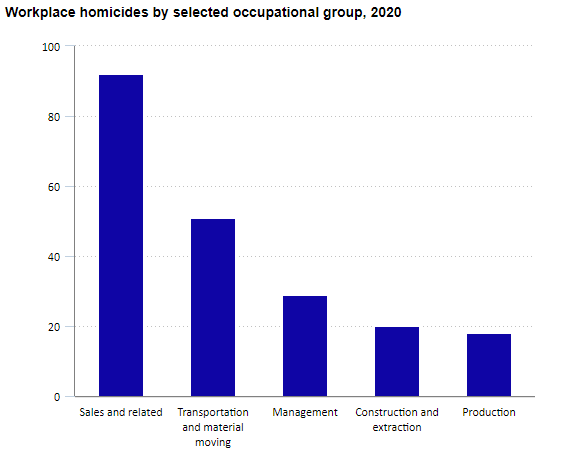
Source: Bureau of Labor Statistics
Unchecked violence, as part of a smash-and-grab incident or other aspect of organized retail crime, damages profit and brand reputation and creates a danger for customers and staff.
Get involved in the community
Collaboration with other retailers in your community–and with law enforcement in particular–is important to deterring theft and thwarting crime.
Open communication with other retailers makes patterns easier to detect. Frequently, criminals hit one store using a particular approach and then repeat that approach in other stores.
Using this information, along with consistent incident reporting, allows law enforcement to get at the root of the problem, as well as anticipate and prevent theft.
Build a solid partnership with law enforcement
It may take time to develop, but it can be effective in addressing organized retail crime as illustrated by a recent Chicago-based investigation that recovered $7.5 million in stolen goods from a retail theft ring.
Law enforcement resources from several communities around the city, together with retailers’ loss prevention teams, participated in the investigation which took more than a year.
What began as a simple retail theft arrest led to uncovering a multi-state fencing operation; and the case itself is a textbook example of how to develop an effective partnership.
Establish clear, complete records
Successful investigations and prosecutions depend on complete and accurate records to track and report theft. Set up systems to collect relevant information; without it, it becomes harder for law enforcement to track patterns and gather evidence.
3. Seek specialized expertise
Deterring theft, especially as it is manifested in organized retail crime, is far from a simple do-it-yourself project. You may need outside support and tools to help mitigate the problems related to theft, including workplace violence and retail shrink.
Call in others to help with incident reporting
All too often, incidents are not tracked or reported simply because the dollar value is below the level for prosecution. That means patterns that law enforcement sees are incomplete and evidence may be missed.
Accurate record keeping that is detailed and complete can make a critical difference for effective evidence gathering and prosecution. Seek out the help of a third-party specialized service or investigators to ensure that incidents are tracked in sufficient detail.
Apply specialized technologies to deter theft
Tap the expertise of specialists in advanced technologies to help your organization apply tools tailored to address the problem areas that you’ve already identified. Some of the high-tech interventions that are available today include:
-Secure displays and controlled locking systems limiting access to internal storage areas or those limited to store personnel
-Camera systems and visual sensors connected to audio systems to provide verbal warning when threats are sensed
-Weapons detection to prevent weapons from entering your premises
-Facial matching after an incident, limited to a known list of ”bad actors”
-License plate recognition software to help track vehicles of those leaving your premises with stolen goods
-IoT sensors and smart technology including visual sensing systems and sensors that can help track inventory levels in real time
-Locking carts and systems that can trigger visual sensing when product leaves the store in an unauthorized manner
-RFID tags with smart barcodes to track movement
While not every measure is suited to all retail situations, it’s worth the time and effort to identify systems and partners that are compatible with your operation and existing systems.
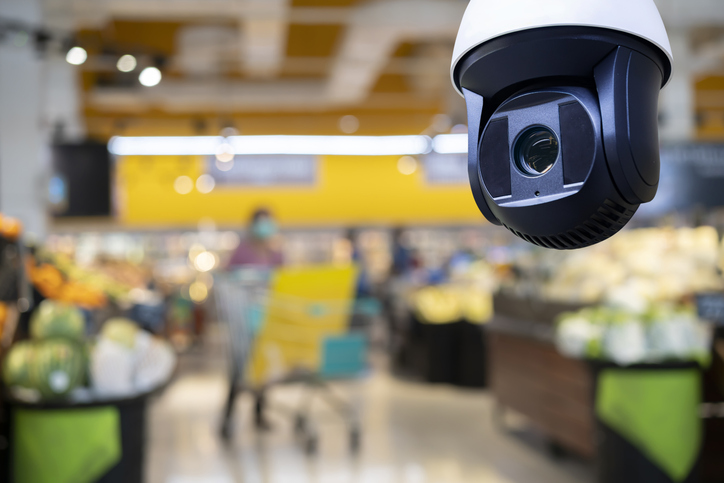
4. Make deterrents highly visible
In the battle against theft, the security measures you take should not be a secret; make it clear to potential perpetrators that you intend to prevent theft.
Choose visible protective measures:
- Cameras strategically and openly placed
- Locked display cases
- Security guards stationed at prominent locations
- Mirrors to increase visibility
- Signage as a reminder of camera and potential prosecution
Combine the various systems of techniques and prepare to stay flexible and adaptable. Tap into the expertise of your partners to help keep security case designs, fixtures, and checkout stations performing effectively and evolving as technology advances.
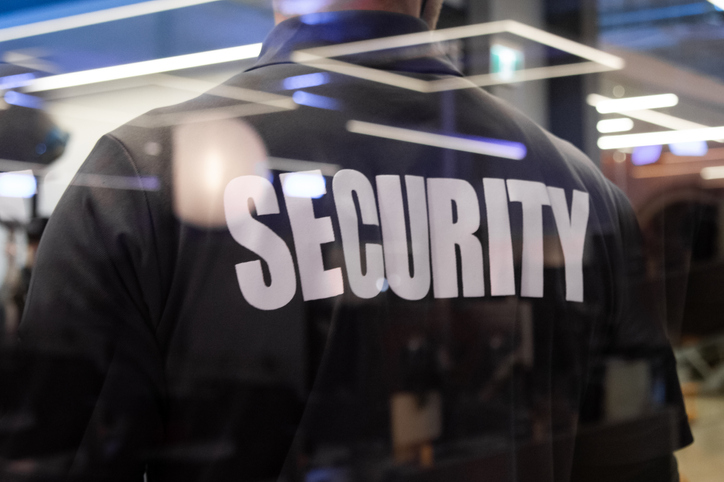
Use store layout to curb theft
Evaluate your current layout and ensure that it is designed to eliminate blind spots and prevent places to hide. Good lighting is a protection measure, as are clear sight lines within the store. Maintaining or creating faster checkout lines means there is less opportunity for concealment while people are waiting in line.
What needs to be changed in your store layout?
Checkouts, cash stations, shelving, security cases and fixtures can be designed to work with the cameras, mirrors, and other visible deterrents you have in place. Partner with experienced suppliers to make physical changes as needed as you continue to evaluate the hot spots in your store.
5. Leverage data analytics
When the goal is to protect human life and reduce retail theft, decisions need to be based on factual observations and ample data.
Smart systems gather key data
Tech can help you document inventory levels on the shelves and assess shrink. In grocery stores, analytics gives insights on food spoilage and related losses as well.
You can tag or track all items in a category–liquor, health and beauty products, medications–to prevent self checkout abuses, or you can take a more targeted approach.
Adrian Beck, Professor Emeritus, The University of Leicester, describes another approach in a Conversations on Retail podcast. Use the data to scale the list of vulnerable items to a more manageable level by identifying even 15 high-incidence products that are frequently mis-scanned.
Beck uses the example from Tesco, of many different, higher priced products, being scanned as brown onions. When the system is set to correctly identify what is a brown onion, it will then flag for intervention by staff any other items incorrectly scanned that way. Develop and scale additional screening and tracking protocols over time as needed.
Track patterns
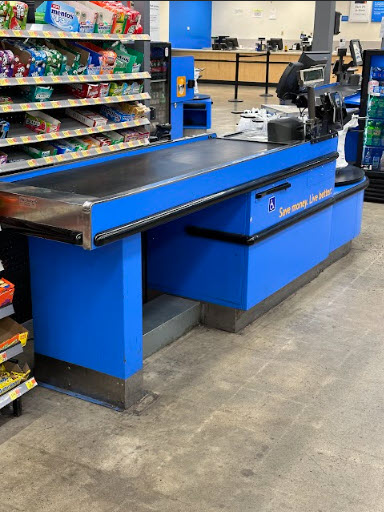
Fraudsters leave data fingerprints that can be tracked–in the form of the pattern of their purchases–says Scott Pethuyne in his article in Loss Prevention Magazine. Analysis of the spending or checkout scanning patterns offers new ways to identify when these individuals are actively in the store.
Monitor “backroom:” areas of the store to control and document activities in that area. Many backroom areas can be accessed routinely by non-store personnel such as delivery services and other individuals.
Allow the data collected to help you determine what types of security cases and placement would most effectively deter theft.
Loss prevention helps manage multiple risks
Addressing retail theft serves to help protect lives and prevent loss. When workers–and customers–have a greater sense of security both profits and reputation are protected. And that protects the bottom line.
Organized retail crime is big business. Meet it head on with powerful technologies and effective strategies. Asset protection and loss prevention teams can do that by seeking to partner with adaptable suppliers that are capable of quick response and proactive interventions to deter theft and enhance retail activity–whether that’s adapting checkout counters and systems, fixtures, or locked cases or implementing the latest technological systems.